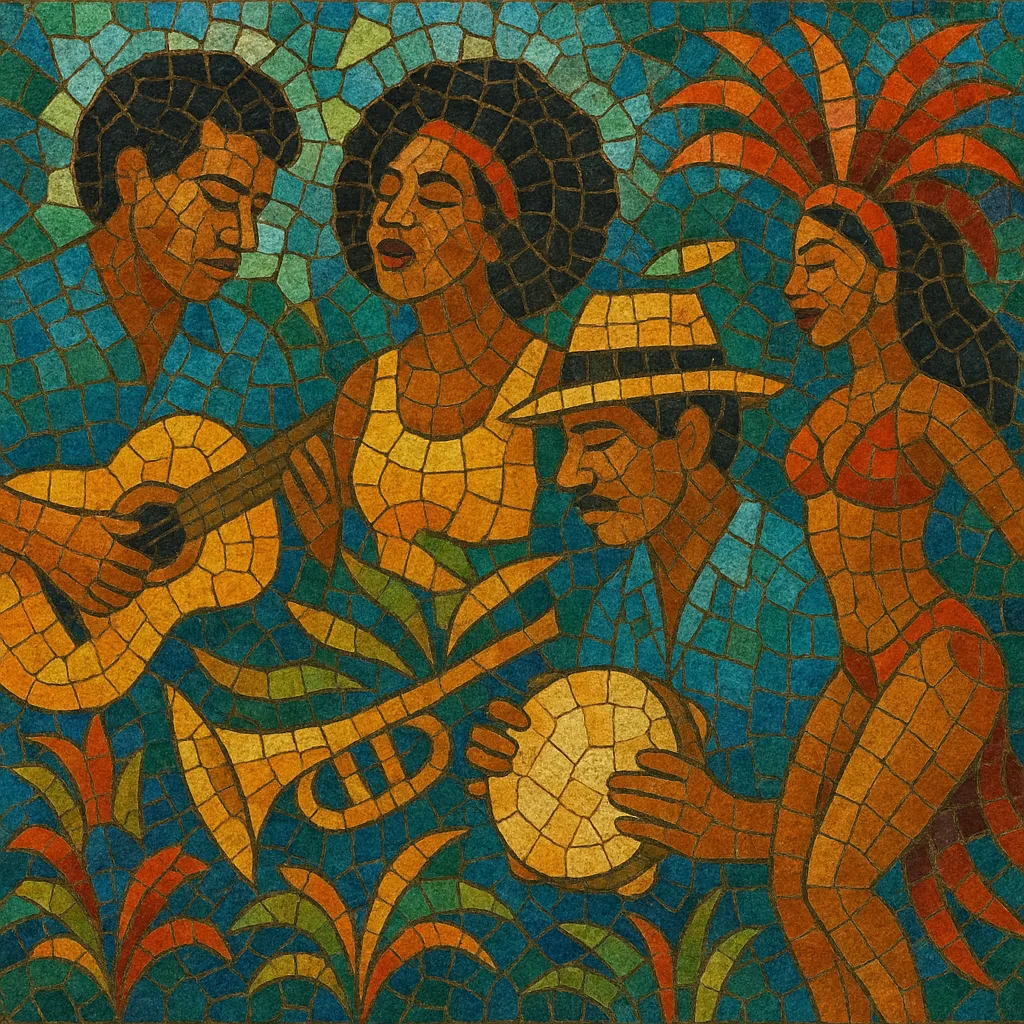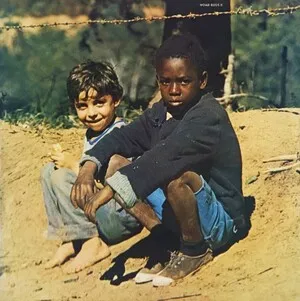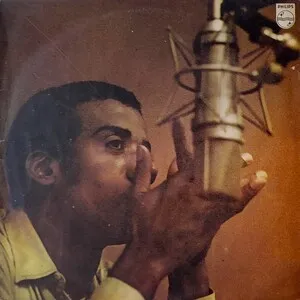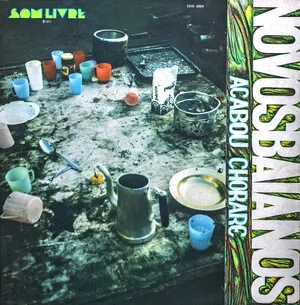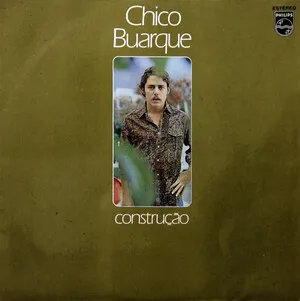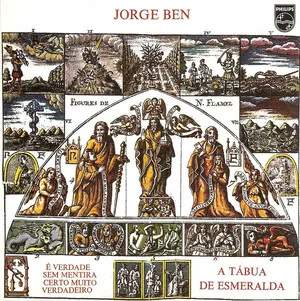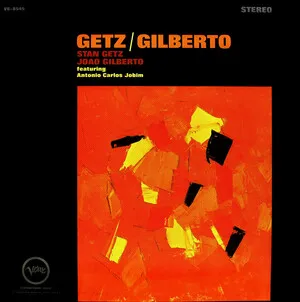Brazilian music is an umbrella term for the many popular and traditional styles that emerged from Brazil’s fusion of Indigenous, African, and Portuguese (Iberian) cultures.
It is defined by rich rhythmic vocabularies (from samba’s syncopation to northeastern baião/forró grooves), melodically expressive singing, and harmonies that range from simple folk cadences to the jazz-inflected sophistication of bossa nova and MPB. Instruments such as the violão (nylon-string guitar), cavaquinho, pandeiro, surdo, cuíca, and berimbau sit alongside brass, woodwinds, and modern studio production.
Under this umbrella lie internationally known styles like samba, choro, frevo, maracatu, bossa nova, MPB, forró, axé, pagode, sertanejo, and funk carioca (baile funk), each linking regional traditions to ongoing global exchanges.
Brazilian musical identity formed from the meeting of Indigenous, African-diasporic, and Portuguese currents. Urban art songs such as modinha and dance forms like lundu and maxixe connected Iberian melody, European ballroom rhythms (polka, march), and Afro-Brazilian syncopation. Choro emerged in Rio de Janeiro in the late 19th century as a virtuosic, improvising ensemble style (flute/clarinet, cavaquinho, guitar), setting the stage for later popular urban genres.
With radio, film, and the recording industry, samba became the national symbol—migrating from Afro-Brazilian communities and carnival street culture into orchestras and nationwide broadcast. Composers and interpreters like Pixinguinha, Cartola, and Carmen Miranda professionalized and internationalized Brazilian sounds, while regional traditions (frevo and maracatu in Pernambuco; baião/forró in the Northeast) developed distinct popular circuits.
Bossa nova (João Gilberto, Tom Jobim, Vinicius de Moraes) fused samba rhythms with jazz harmony and intimate delivery, becoming a global phenomenon. The Tropicália movement (Caetano Veloso, Gilberto Gil, Gal Costa, Os Mutantes) embraced electric guitars, avant-garde ideas, and cultural cannibalism, catalyzing Música Popular Brasileira (MPB) as a broad, sophisticated song tradition that could absorb regional styles and international pop while addressing politics and identity.
Northeastern styles (forró, axé, mangue beat) and pagode refreshed dance floors and radio. Rock brasileiro brought local inflections to global rock. At the same time, Rio’s funk carioca (baile funk) reworked Miami bass into a distinctly local, street-level sound that later impacted global club music. Sertanejo modernized rural duo-song traditions into massive pop formats.
Contemporary Brazilian music is translocal and digital: MPB and jazz-rooted songwriting coexist with trap, pop, and electronic hybrids; baile funk and technobrega drive global club trends; and artists regularly fold in afro-diasporic, indigenous, and regional motifs, keeping the plural Brazilian musical ecosystem in motion.

